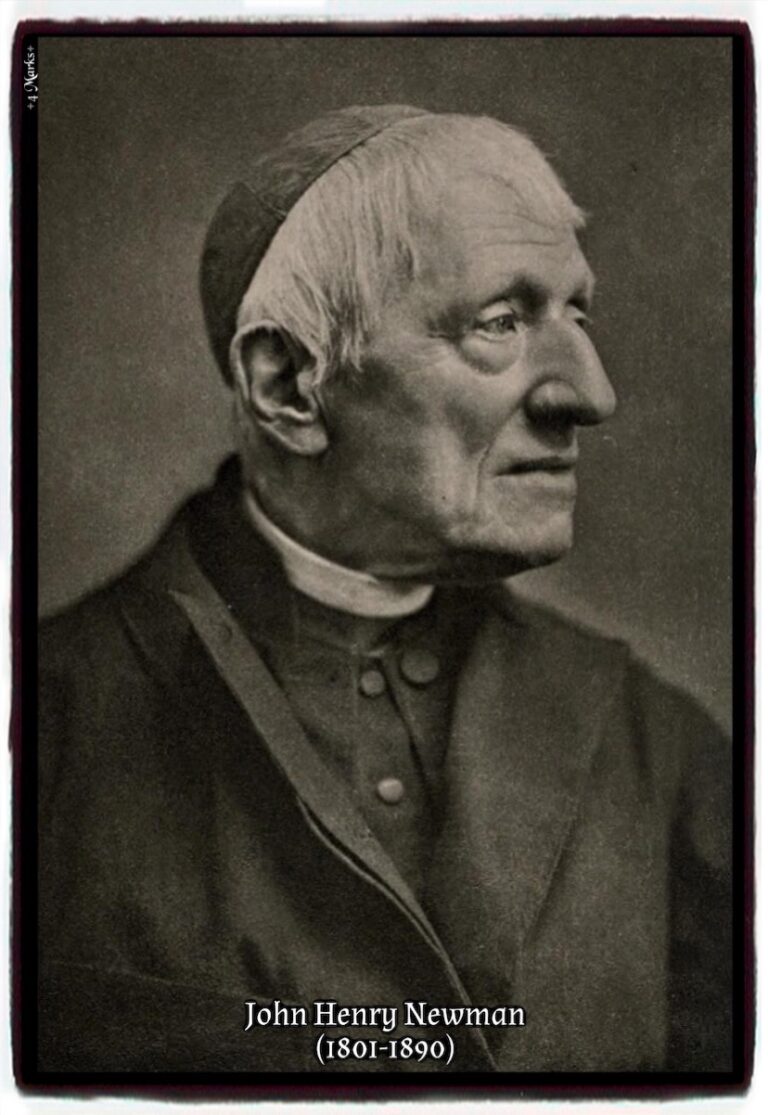The 7 Notes of true doctrinal development

“From the nature of the human mind, time is necessary for the full comprehension and perfection of great ideas; and that the highest and most wonderful truths, though communicated to the world once and for all by inspired teachers could not be comprehended all at once by the recipients, but, as received and transmitted by minds not inspired and through media which were human, have required only the longer time and deeper thought for their full elucidation. This may be called the Theory of Development.”
-John Henry Newman, “An Essay on the Development of Christian Doctrine”, 1845
Cardinal John Henry Newman, in his famous work “Essay on the Development of Christian Doctrine”, identified seven “notes” that would characterize authentic doctrinal developments, but would be lacking in doctrinal corruptions. By looking at the historical origins of doctrines and testing them for these “notes”, it becomes possible to determine what are true Doctrinal Developments and what are Doctrinal Corruptions.
Doctrinal Development: Growth in doctrine due to a deeper understanding.
Doctrinal Corruption: Change in doctrine due to a corrupted understanding.
7 Notes of Doctrinal Development:
1st Note: Preservation of Type
While our understanding of a doctrine may grow and change, the core doctrine itself does not change. Although a seemingly “new” doctrine may look different on the surface, it should be similar to what was believed from the beginning. An example given is an acorn and an oak tree.
2nd Note: Continuity of Principles
Christianity was founded on certain principles that uphold its doctrines. When these principles are violated, the consequence is a corruption in doctrine.
3rd Note: Power of Assimilation
True doctrinal development is capable of assimilating external realities (such as non-Christian philosophy, customs or rites) without violating its principles. By assimilation, the external realities themselves are transformed, not the doctrine. Doctrinal developments should evolve organically within the theological and devotional life of the Church. They are not novelties, inventions of clever minds, nor new theological theories based on current political atmospheres.
4th Note: Logical Sequence
A doctrinal development may be defined at a point historically distant from the founding of it’s core doctrine if it can be shown to be the logical outcome of the original teaching. Although logical, a true development should not be the result of clever reasoning devised solely by logic and yet wholly separate from its historical origin.
5th Note: Anticipation of Its Future
A doctrine’s development should be able to be seen and anticipated from it’s infancy. Although it may not be fully articulated, there should be hints towards its later development.
6th Note: Conservative Action Upon Its Past
A true development retains that which came before and builds upon that which preceded it. It does not contradict previous Christian thought, but clarifies and strengthens it. It “illustrates, not obscures; corroborates, not corrects, the body of thought from which it proceeds.”
7th Note: Chronic Vigour
Authentic doctrinal developments endure in a living, dynamic way that continues to lead us into greater understanding. Corrupted doctrines are self-limiting in terms of any real growth and often fall victim to either withering and/or fracturing due to their limited ability to develop.